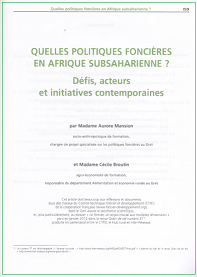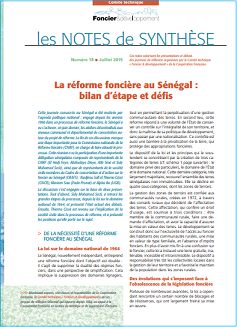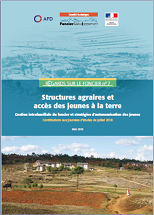Foncier et séquestration du carbone dans les sols
Pour explorer les nexus entre les questions foncières et les mécanismes favorisant la séquestration du carbone dans les sols, et faire des recommandations pour une meilleure prise en compte du foncier dans la mise en place de ces dispositifs, l’initiative « 4 pour 1000 » et le CTFD ont organisé les 13 et 14 décembre 2017 avec le soutien de l’AFD et de la Banque mondiale, une rencontre de haut niveau mobilisant spécialistes et experts. Ces 2 journées se sont structurées en 3 temps :






